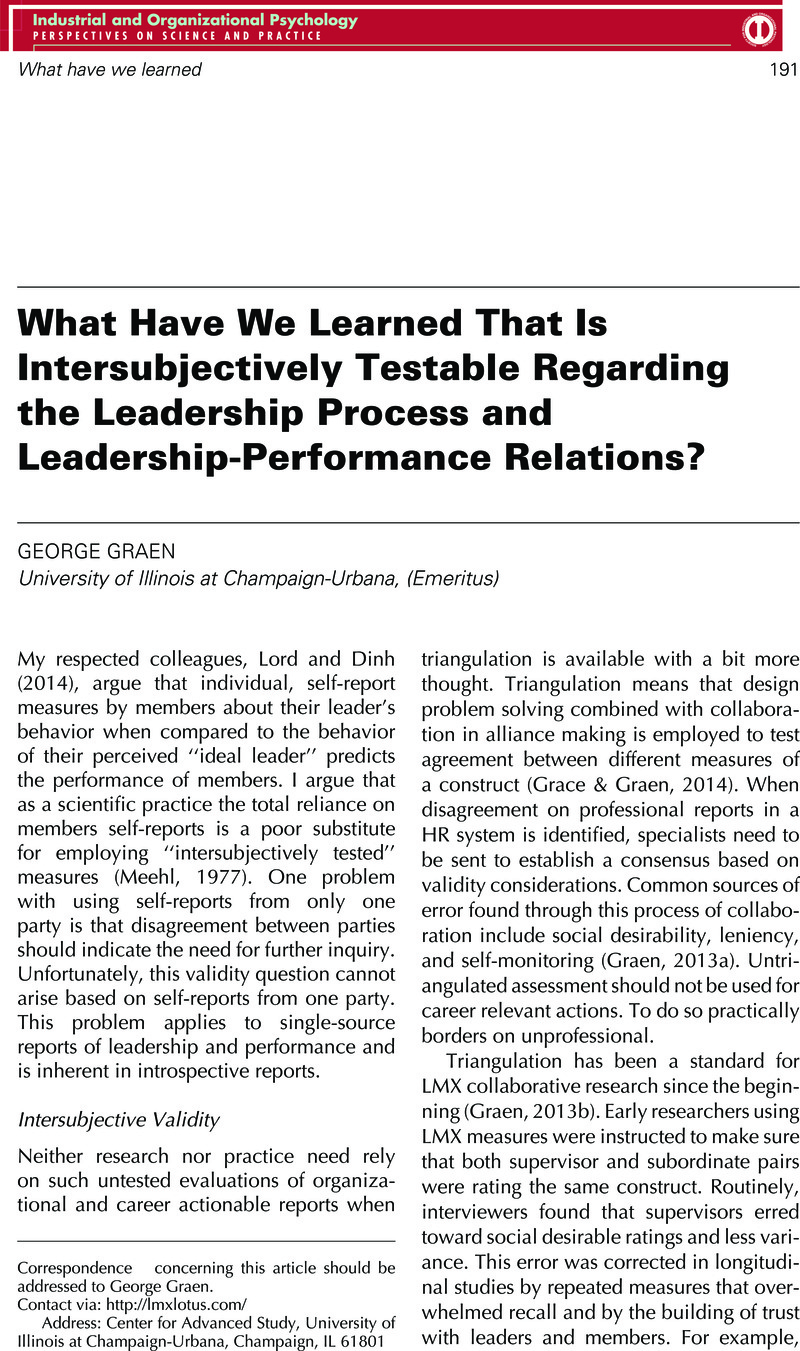Crossref Citations
This article has been cited by the following publications. This list is generated based on data provided by Crossref.
Yau, Oliver H. M.
Yu, Eddie F. K.
Ko, Anthony C. K.
and
Chan, Jimmy H. T.
2023.
Jupsang leadership orientation: Conceptualization and scale development.
Journal of Transnational Management,
Vol. 28,
Issue. 3-4,
p.
168.



